Mayor Hails Success of City’s Traffic Calming Efforts
Big decreases in speeding on modified streets. But still more work to do.
The City of Milwaukee is putting more tools into the hands of residents to address reckless driving and promoting the success of its efforts to reduce speeding.
“We should do all things we possibly can in order to positively address the issue of reckless driving,” said Mayor Cavalier Johnson at a press conference Wednesday afternoon. He also made it clear he doesn’t think simply restriping lanes and adding plastic posts will be enough. “Let it not be confused, whether it’s engineering or it’s education, while I support those things, I do really support enforcement and holding people accountable.”
“There is one big goal in mind: that is slowing speeds to make our streets safer for all users of the roadway,” said Johnson. The goal is part of a push to eliminate all traffic deaths by 2037 and part of a deliberate strategy to lower speeds to reduce the severity of crashes.
Johnson touted several projects that have recently been completed and are yielding positive numbers. A road diet of W. Appleton Avenue between N. 60th and W. Burleigh streets, including bump outs and new pedestrian islands, cut speeding by 23% and motorists going more than 10 mph over the speed limit (excessive speeding) by 7%.
“It gets better than that,” said Johnson after applause broke out in the crowd gathering at N. 27th Street and W. Highland Boulevard.
On W. Locust Street at Sherman Park, a high-impact paving project, with new traffic circles and bump outs installed alongside a top-level repaving, cut speeding by 86% and excessive speeding by 28%. “Before the project, 91% of the people driving along the roadway were speeding,” said Johnson. “That is insane, especially for folks living in Sherman Park and trying to get their kids to the park, to Boys & Girls Club, and the like.”
The reconstruction of N. Humboldt Boulevard in Riverwest saw speeding fall by 19% and excessive speeding by 2%. The high-impact repaving and new protected bike lanes on W. Highland Boulevard cut speeding by 24% and excessive speeding by 13%. A paint-based road diet and flexible post bump outs on W. North Avenue between N. 24th and N. 30th streets saw speeding reduced 18% and excessive speeding 11%, and a similar project between N. 44th and N. 59th streets saw a 15% speeding reduction and a 2% excessive speeding reduction.. A road diet on S. 43rd Street between W. Oklahoma and W. Lincoln avenues near Jackson Park cut speeding by 2% and excessive speeding by 24%.
All of which builds on early data, reported by Urban Milwaukee, that shows the various projects are reducing speeds.
Steve’s Liquor owner Sukhwinder “Sunny” Singh praised the impact of the W. Appleton Avenue project, saying it was a “dangerous corridor” when he bought the business, 6213 W. Appleton Ave., just before construction started. “Since these measures have been in place, it has been very, very safe and I have not seen an accident,” he told the crowd.
The Department of Public Works (DPW) intends to build 45 traffic calming projects in 2024.
The city has based many of its past project locations by using its previously identified pedestrian high-injury network. But it’s now putting more tools in the hands of residents to make their blocks better.
“The refined Community-Led Traffic Calming program that we are launching today is designed to empower those residents to implement traffic calming on neighborhood streets,” said City Engineer Kevin Muhs.
It expands the city’s traditional offering of speed humps to include speed tables, traffic circles, curb extensions (bump outs), chicanes, neckdowns and pedestrian refuge islands. “These measures are being infused in DPW projects throughout the city and this program gives residents and businesses the tools to assess and address traffic-related concerns on nearby streets using an expanded set of traffic calming measures,” said Muhs.
The program gives residents a formal, streamlined pathway to request the interventions. The city, as it does for speed humps, will offer a cost-sharing formula that splits the cost between the city and neighboring property owners. The city is also promoting its traffic calming lending library as a way for residents to test the impact of certain interventions.
Muhs said DPW is also measuring more than just speed reductions, including the percentage of motorists that yield to pedestrians. The W. North Avenue road diet saw an approximately 250% increase in drivers yielding to pedestrians who legally have the right of way.
The press conference was held in a “slip lane” or high-speed turning lane, which creates a vulnerable space for pedestrians between the curb and a refuge island and encourages motorists to go faster.
“We are proactively closing dangerous slip lanes like these throughout the city,” said Muhs. The closure of the Highland Boulevard slip lane to N. 27th Street. saw a three mph reduction (14%) in turning speeds. A similar slip lane closure at S. Cesar E. Chavez Dr. and W. Lapham Boulevard saw an eight-second reduction in pedestrian crossing time and shortened the walk by 26 feet. “These simple closures can have a huge impact on pedestrian safety and improve neighborhood vitality.”
A $25,000 Bloomberg Philanthropies grant covered the cost of beautifying the two former turning lanes with painted murals. LUNA co-founder Katie Avila Loughmiller, who helped coordinate the two murals, praised DPW, including DPW transportation planner Kate Riordan (now with HNTB), for pursuing the funding after she asked about how the city would fund an earlier paint-the-pavement program. “[The grant] allowed us to execute the project in a way that equitably paid all of the artists involved,” said Avila Loughmiller. Near West Side Partners and Sixteenth Street Community Health Centers were primary community partners in an outreach effort that also included work by students connected to UMOS, Milwaukee Christian Center, Kosciuszko Community Center and Milwaukee High School of the Arts. DPW planner Danya Littlefield said most of the grant funding went into the process of developing the murals.
The Highland mural was designed by Phoenix S. Brown and the Cesar Chavez mural was designed by Irma Roman. It was the first mural for both artists said Avila Loughmiller.
Additional slip lanes have been quietly closed, including a long one at W. Forest Home Avenue and S. 16th Street. A slip lane at W. Walnut Street and N. Martin Luther King Jr. Drive is being replaced by a bioswale, which will capture stormwater runoff.
Despite the success of the city’s surge of traffic calming projects, there is still plenty more to do. Speakers were routinely interrupted during the press conference by speeding vehicles on N. 27th Street.
If you think stories like this are important, become a member of Urban Milwaukee and help support real, independent journalism. Plus you get some cool added benefits.
Transportation
-
Congestion Pricing Cuts Air Pollution in New York City
 Dec 14th, 2025 by Jeff Wood
Dec 14th, 2025 by Jeff Wood
-
FTA Tells Milwaukee to Crack Down on Fare Evasion — Even Where Fares Don’t Exist
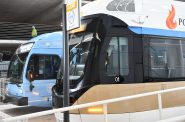 Dec 12th, 2025 by Graham Kilmer
Dec 12th, 2025 by Graham Kilmer
-
Will GOGO’s Bus Service Ever Get Going?
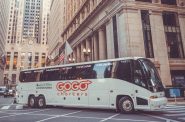 Dec 9th, 2025 by Jeramey Jannene
Dec 9th, 2025 by Jeramey Jannene


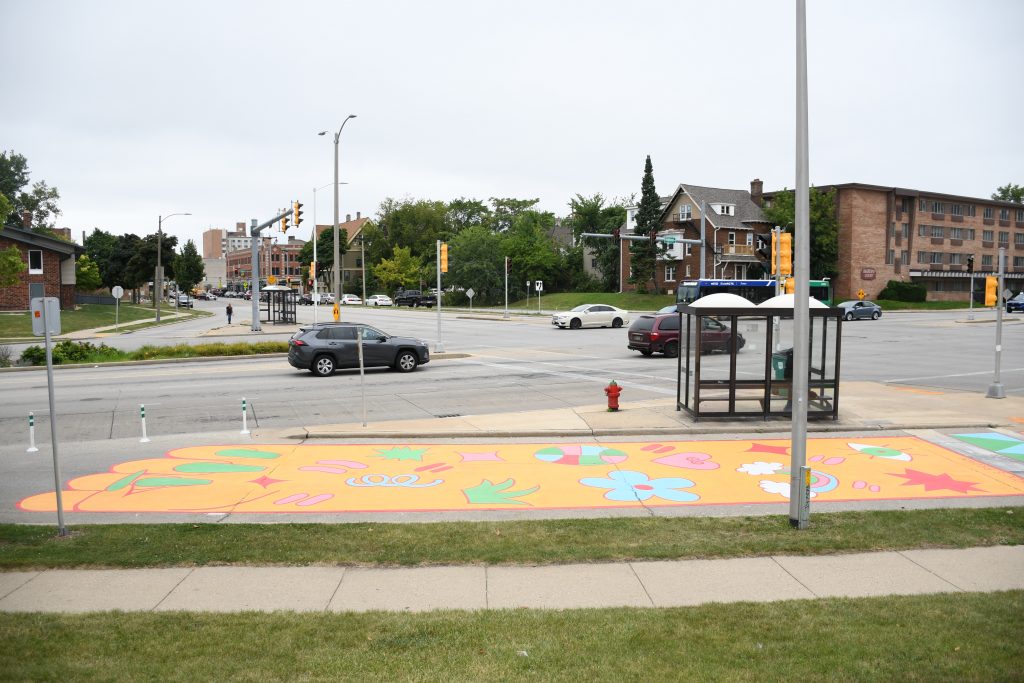
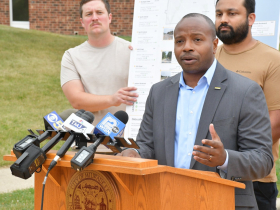
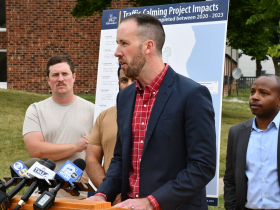
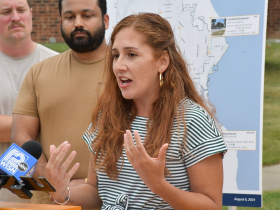
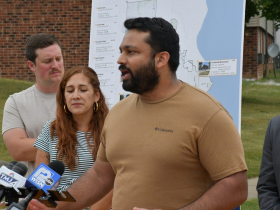
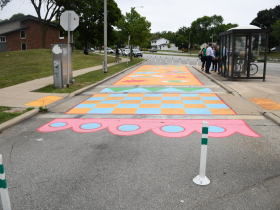
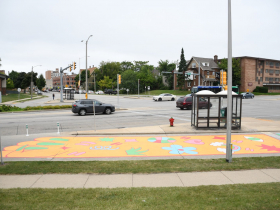



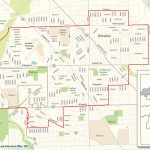






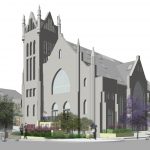








has any official tried to make a right hand turn off of van buren to juneau??? that particular calming element will cause more trouble than it is worth. if not accidents, then cars will wreck their undercarriage as drivers try to make that turn. i drive that intersection a lot and why it needed this huge cumbersome element, is beyond me. clean it up, take it down, make it safer.
I appreciate the efforts to calm traffic, but I’ve still had experiences that are dangerous that can be attributed to the new lane markings. Traveling WB on Wisconsin Av (in the W 5200 block) at 5 mph above the posted speed limit, I’ve had cars speed by me in the bus lane to my right. What if I’d been attempting a right turn across the bus lane? Crash! (crash, not accident!) Had a pedestrian been in the crosswalk, they would have been hit by the speeding car.
Driving NB on Wauwatosa Av (76th St) in a school zone (N 2100 block), I slowed (not coasted) to the school speed limit, as the school crosswalk lights were flashing. A car sped past on my right in the bicycle lane. What?
Driver attitudes need to be changed!
Where are the officers writing tickets? It takes an act of Congress to get enforcement these days. Speeding on ALL residential streets is out of control. Going through yellow lights is out of control. Pedestrians walking in the middle of the street is out of control. During the pandemic, I was told that officers were afraid to stop cars and avoided interaction…and it seems that even something as simple as a speeding ticket is now a thing of the past. Mayor “its unacceptable” needs to step up this action instead of patting himself on the back for only a tidbit of “traffic calming…” the new buzz phrase. In an interview this week, even has the Chief of Police is saying “unacceptable” to bad behavior. Well Mayor “unacceptable” we learned that in kindergarten.